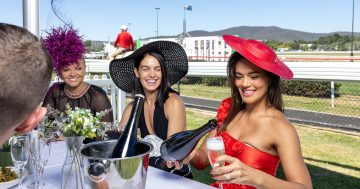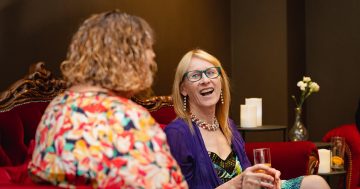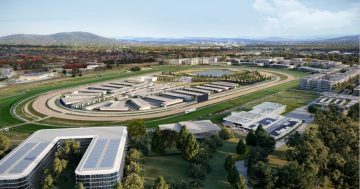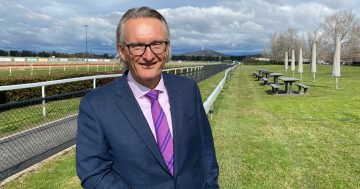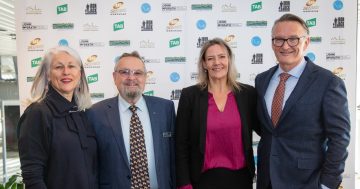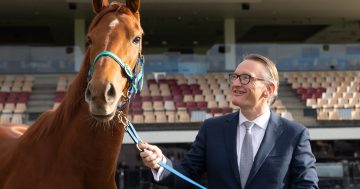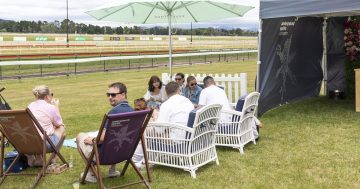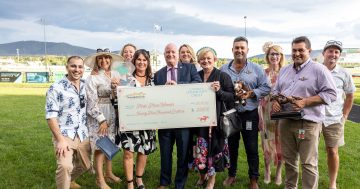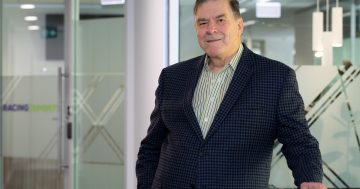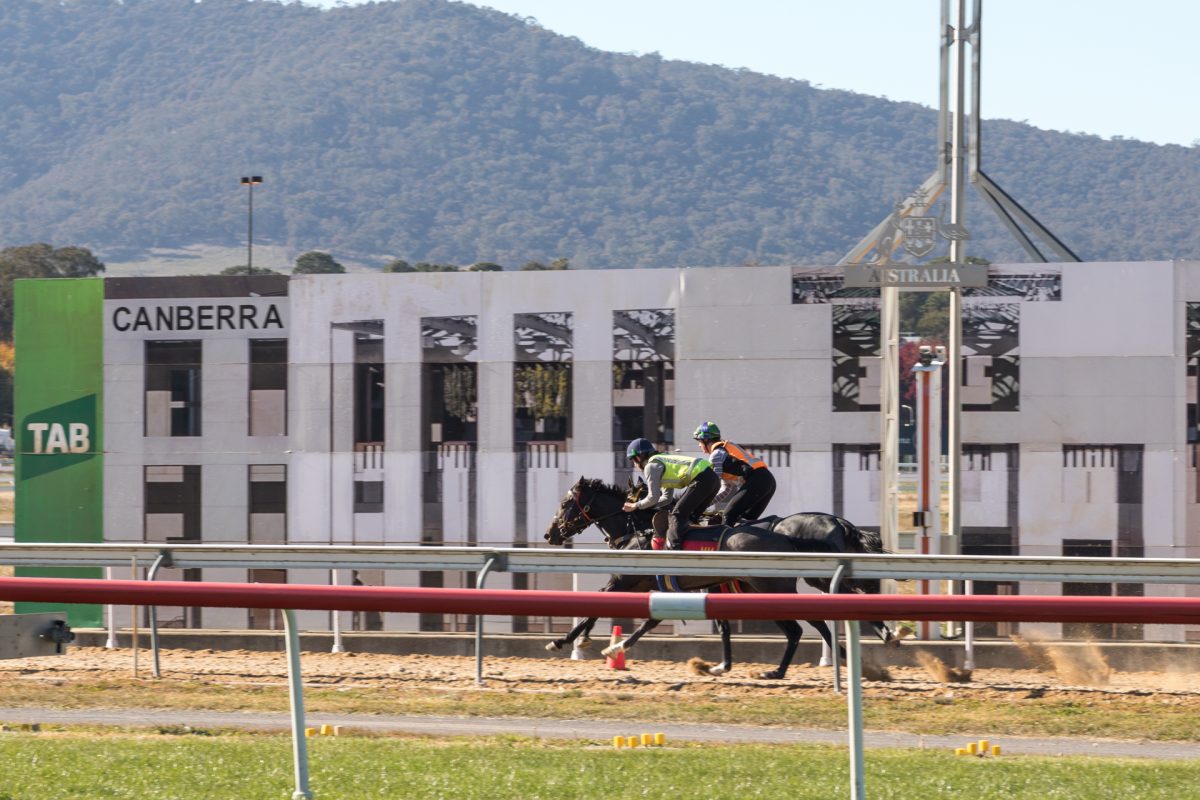
Horse racing at Thoroughbred Park: Tim Olive says the industry understands its social obligations around animal welfare. Photo: Michelle Kroll.
“I’m not really a horsey person.”
It’s probably not something you’d expect to hear from someone who has worked at Canberra’s horse-racing course since 1996. Tim Olive has also never raced a horse.
“I’m six-foot, four-inches tall, so being a jockey was never going to be my skill set.”
None of this is to say he doesn’t know a thing or two about it. Tim has served on the Canberra Racing Club (CRC) committee at Thoroughbred Park for 18 years, including two stints as chair, but he has also been involved with the industry almost since he was born.
“My dad and grandparents were horse-racing enthusiasts, and my brother and I used to tag along to the races,” he says.
“I just caught the passion for the industry.”
Tim is now stepping down to start a new job and dedicate more time to his family.
“While my passion for Canberra racing remains, being on the committee – particularly as chairperson – requires a major time commitment. For the next little while, I need to focus my time and energy on succeeding in my new job and supporting my young family,” he says.
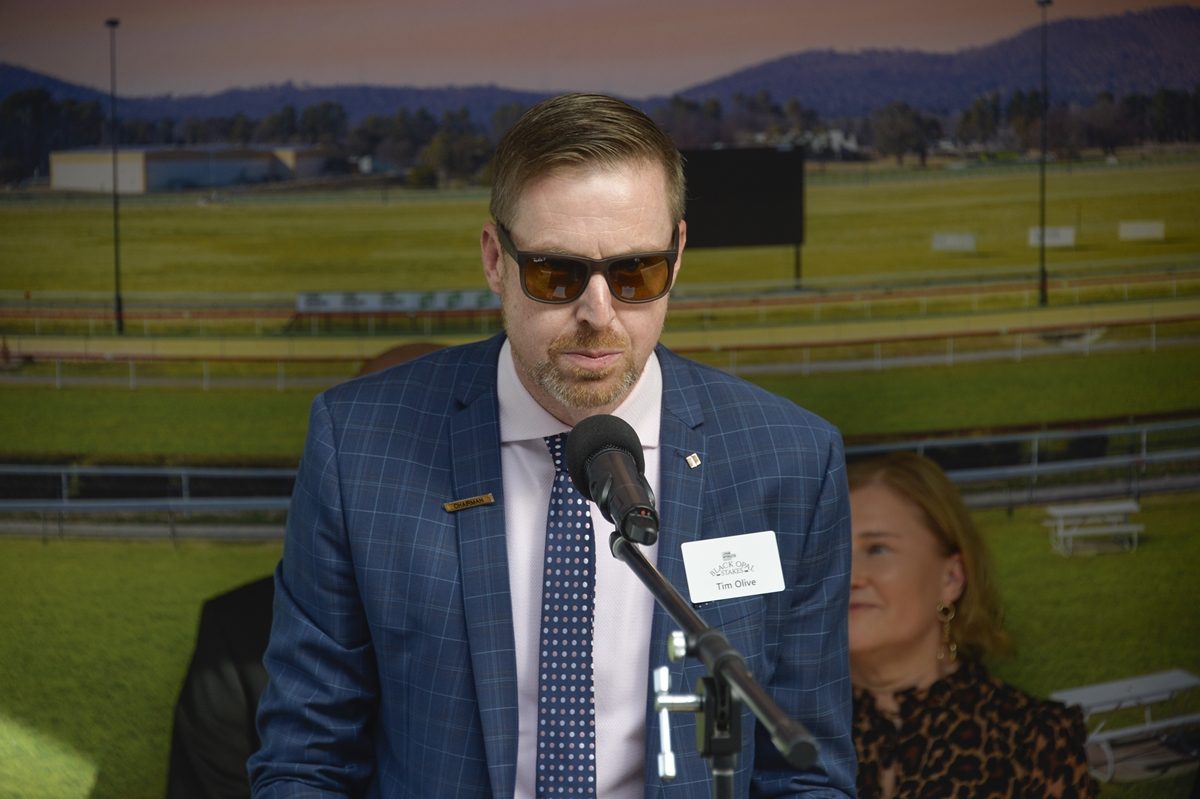
Tim Olive, former Committee Chair for the Canberra Racing Club, is stepping down. Photo: CRC.
Tim graduated university with a bachelor’s degree in business management and a major in finance when he landed his dream job.
“I got my first job at the park as finance manager in 1996,” he says. “It was great to be able to work in the industry I was passionate about.”
Seven years later, he decided to grow his career in other areas, but less than a year in, he was back at the park, this time as a volunteer for the CRC Committee. From there, he became chairperson twice.
“My role was to lead the committee, oversee the governance of the park, and represent the local horse-racing industry,” he says.
The sector kicked off in 1926 with the Canberra Cup. It became an annual event run over a one-mile (and eventually nine-furlong) race course at Acton, now beneath the waters of Lake Burley Griffin.
The current course at Thoroughbred Park in Lyneham opened in 1962 and it’s been the home of Canberra’s horse racing ever since.
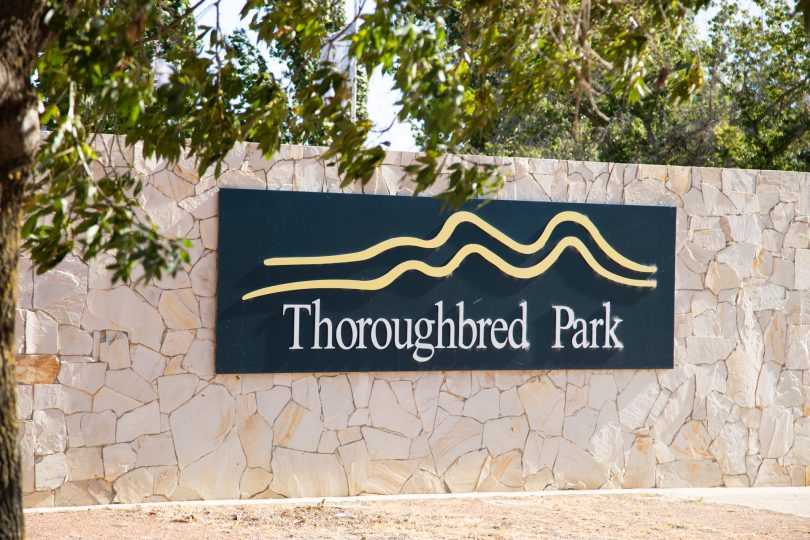
The Thoroughbred Park Racecourse opened in 1962. Photo: Michelle Kroll
Tim says the biggest change in his tenure has been to wagering.
“If you go back in time, you had one TAB on course, and then a few standout bookmakers writing out tickets by hand,” he says.
“It’s all on your phone now.”
Tim says Canberra has always had a good track record looking after the horses, which has only improved in his time.
“It’s something that we take very seriously,” he says.
Thoroughbred Park has its own equine welfare officer who looks after the animal welfare program. And just in the past year, they have also published a report into equine welfare, detailing six recommendations. These include handing over inspection powers to the ACT Government.
“The overwhelming majority of people who are in this industry are here because they love the horse. They’re here to partner with the animal.”
A partnership with Racing NSW provides retraining homes for horses who have finished their racing careers.
“There are a variety of uses they can be retrained for, such as the police force. Others go through private sale to equestrian centres and pony clubs, while some owners prefer to keep them and care for them on their own land.”
Tim says the industry is “very aware of its social responsibilities, and that to be a good corporate citizen, it has to add to the community”.
As Tim leaves the race course in the hands of new CEO Darren Pearce, he’s excited. There is a big future in store for Thoroughbred Park, starting with the 3200 new residential dwellings to be built next to the site.
“There’s a lot going for this precinct development – it’s close to the CBD and along the light-rail corridor,” he says.
The development, also including new stables and training facilities for the racehorses, will be home to more than 5000 Canberrans when it’s finished.
Tim says it’s important such investment in the industry continues to happen.
“Racing is part of the cultural fabric of Australia, and it’s great to have a strong industry here in Canberra, with connections to local horses and local champions.”
A new chairperson will be elected in October.











